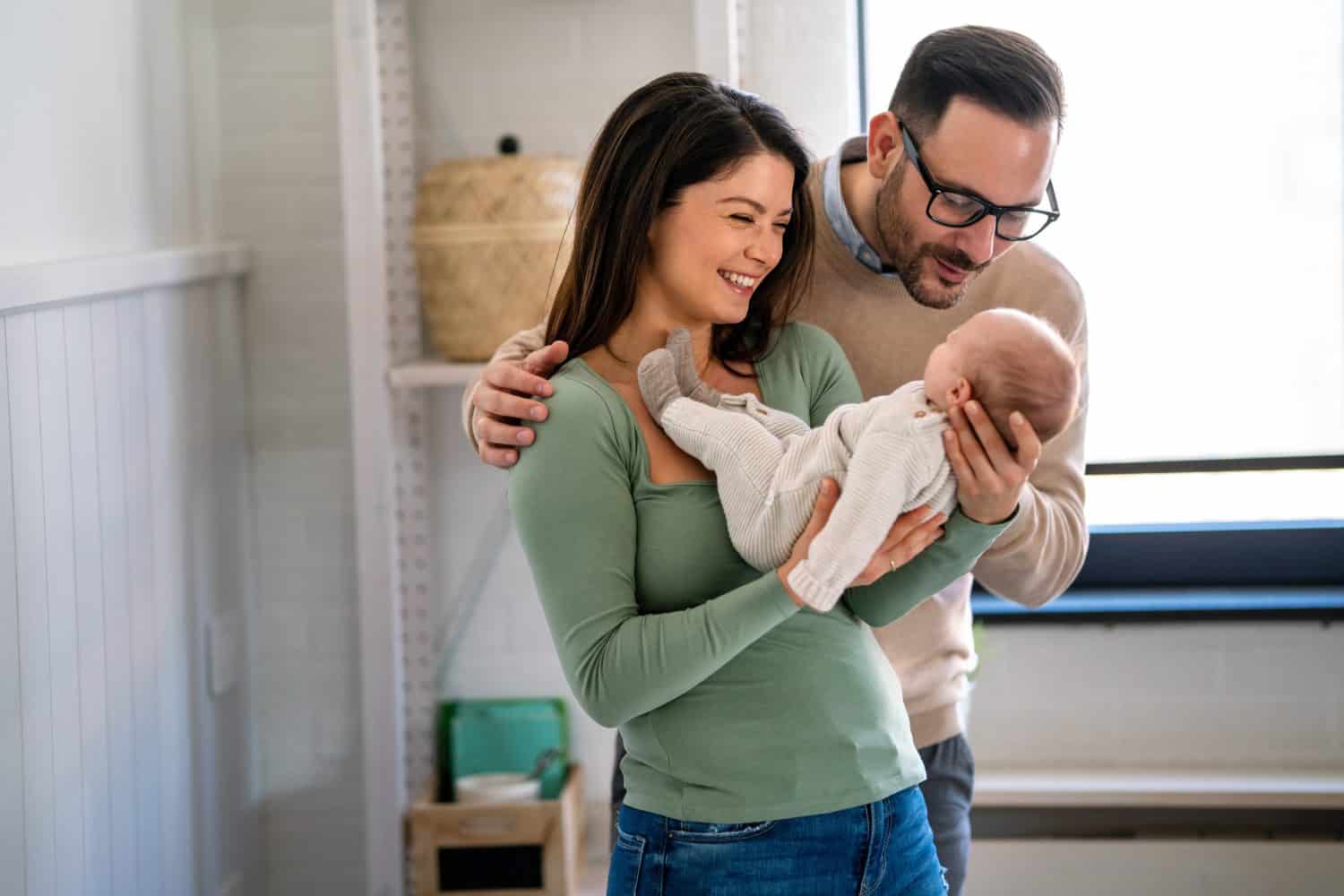



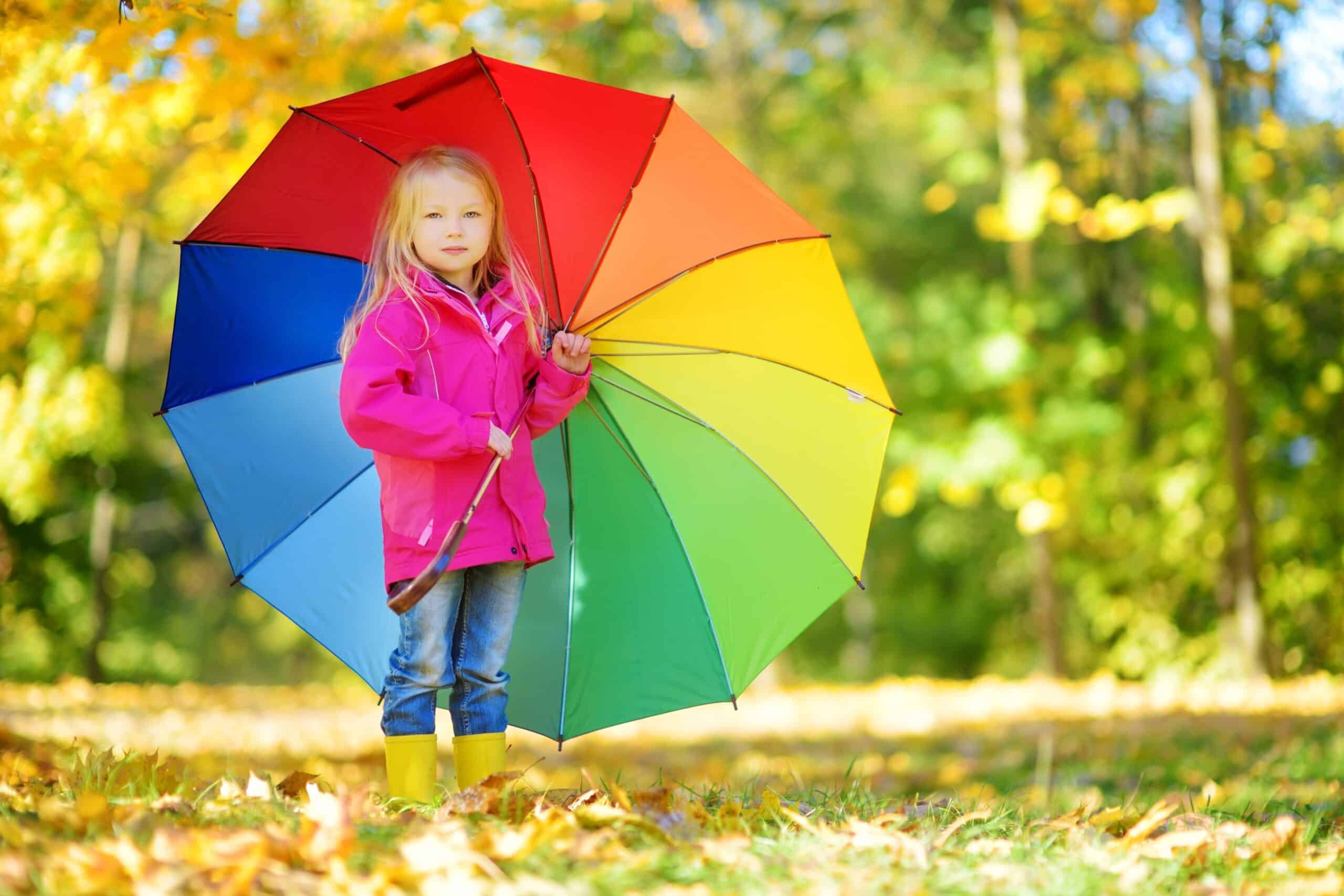



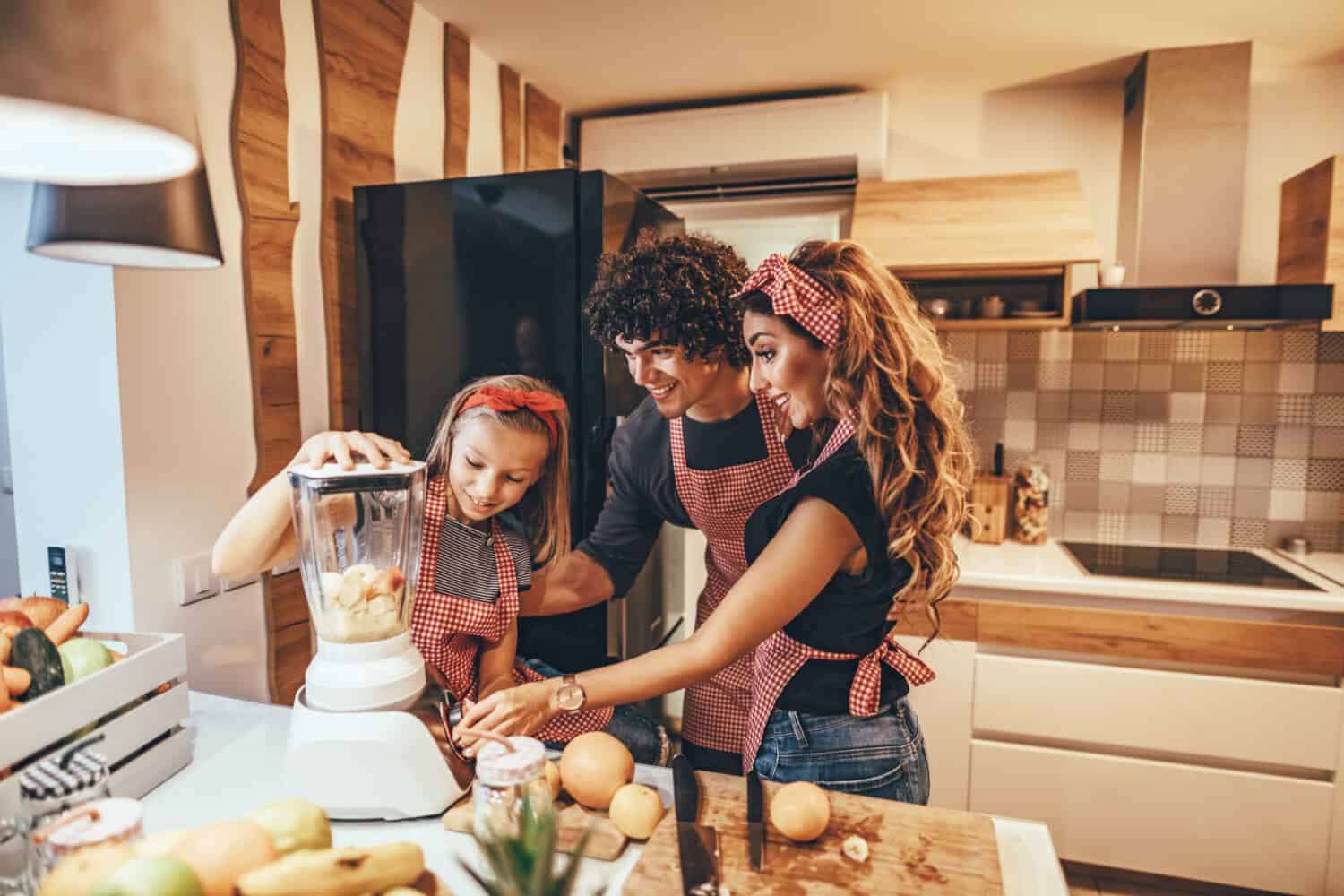

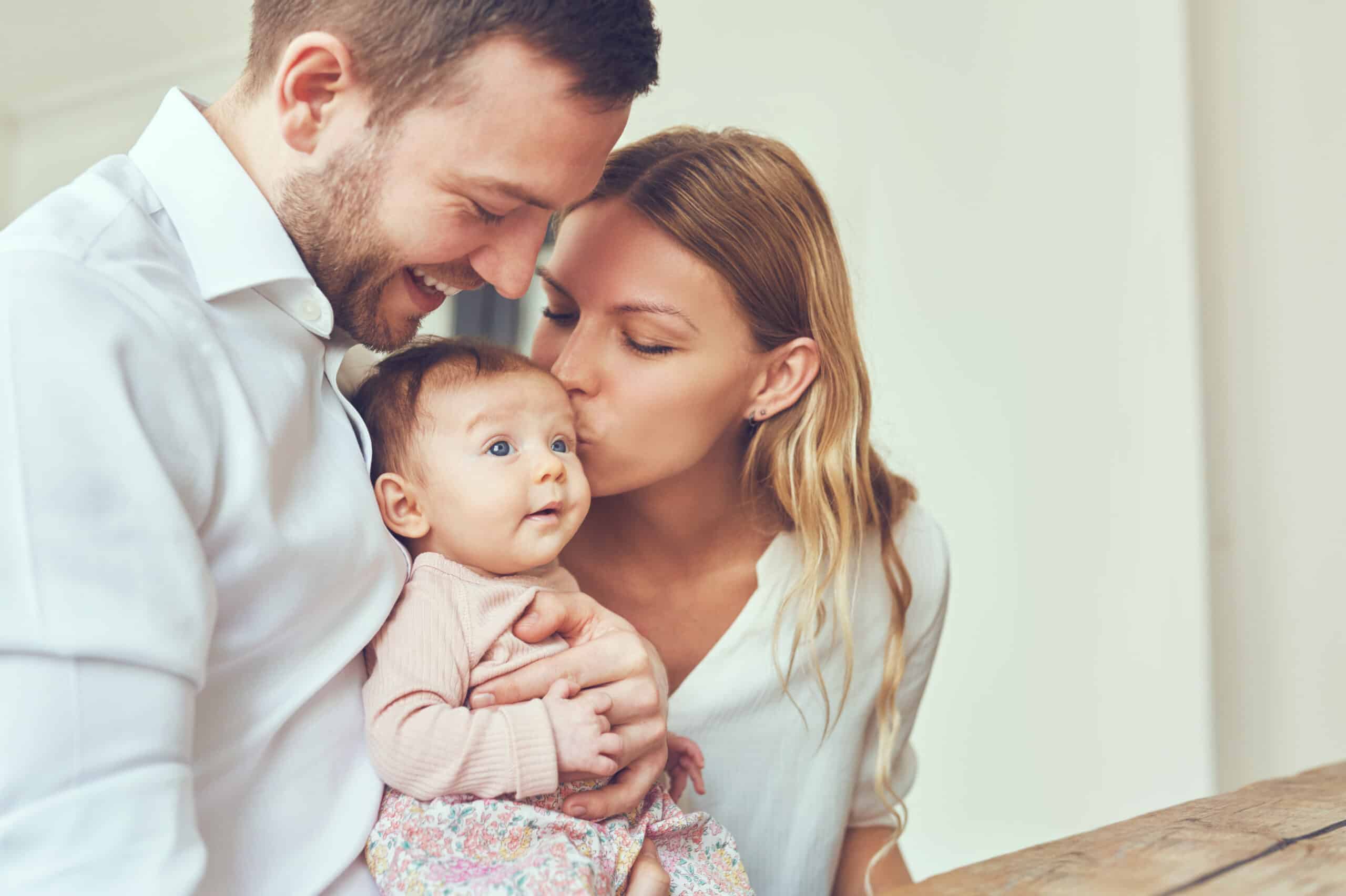












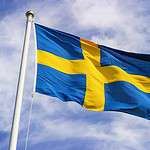
10 Swedish Household Routines Americans Should Adopt But Never Will
If you are looking for a country that ranks high for safety, income equality, and a good job market, look no further than Sweden. According to USANews.com, Sweden ranks as the number one country in terms of quality of life. Factors determining rankings include political climate, job market, economy, public health, and education systems. Not only does Sweden rank high in quality of life, but it is also considered one of the happiest countries on earth. So, what gives? Why does Sweden rank so high for happiness and quality of life? It could have something to do with how they choose to live their lives. This list will explore 10 Swedish household routines that Americans should adopt but never will.
Sweden is a Scandinavian country that sits next to Finland and Norway. The population is relatively small, with 10.66 million people. If you take a step back and look at the Country of Sweden compared to America, it's easy to see that it is less crowded. America has a population of approximately 345 million people. If you were to hold up the state of California and Sweden next to one another, they would be roughly the same size. However, when it comes to population, California has around 39 million people. Meanwhile, Sweden only has around 10.66 million people.
These stats mean that Sweden has fewer people per square mile than many states in America. The lower population density may also contribute to the overall quality of life, along with the multiple Swedish household routines that the citizens practice.
Mid-Morning and Mid-Afternoon Breaks (Fika)
Taking a break is always welcome in a culture that values hustle. However, Americans sometimes work until they are about to drop and forget that self-care involves taking breaks to unwind and refuel.
Swedes enjoy a break daily, but it's not your traditional 15-minute work break. No, in Sweden, they have what people call Fika (pronounced "fee-kuh.") During Fika, people take a break to converse with others, drink coffee (or tea), and typically eat some type of pastry.
If you work a day job, don't worry, workplaces will remember your Fika. Typically, workplaces mandate employees take two Fika breaks daily. When it comes to intentional breaks, this is one Swedish household routine anyone can get behind.
They Only Eat Candy on Saturdays (Lordagsgodis)
Most people enjoy a handful of sweets, including Swedes. However, instead of snacking on a little bit a day, there is a special day in Sweden specifically for candy.
Being Mindful of Personal Space
If you prefer not to be touched often or get overstimulated when touched too much, you will appreciate Sweden's value of a person's personal space bubble. They respect personal space so much there are cultural norms that those in Sweden observe.
These cultural norms include not standing under an arm's length next to someone in public and keeping your hands to yourself as much as possible.
Additionally, Swedes have four personal zones when it comes to personal bubbles: the intimate zone, personal zone, social zone, and public zone. Observing personal space in Sweden shows how much they value respect for others. After all, you never know how much or how little touch a person prefers or when close is too close.
Going Outside During Rain or Shine
Swedes value nature immensely, which means they are not afraid to go outside rain or shine. They have a saying in Sweden that translates to, " There is no such thing as bad weather, only bad clothing."
Swedish parents often encourage their children to play outside and get enough fresh air, whether it's raining, hot, or cold. Additionally, babies and infants even nap outside. Of course, with Sweden's high safety rating, many have no reason not to trust that their babies will be perfectly fine when napping outside.
Additionally, the fresh air and sunlight promote sleep quality and melatonin production.
Taking Shoes Off Inside
It is common in Asian countries to take off shoes before entering a person's home or public space. On the other hand, in America, some may see taking shoes off in a person's home as rude. Sweden is also a shoes-off country.
Sweden is a rainy and snowy country. Because of this, it's respectful to remove shoes before entering someone's private home. This act prevents rain, dirt, salt, and mud from tracking into your or another person's home.
Cozy Fridays at Home ( Fredasgsmys)
Fridays are a great excuse to go out and party in many countries. It is often customary in America to celebrate the end of the work week by going out with friends, especially while young. Yet, in Sweden, Friday nights have a tradition called "Fredagsmys," which translates into "cozy Friday."
The traditions of Fredasgsmys are a way to celebrate the end of a hard work week. Typically, this evening is for staying at home with family or friends and unwinding with a comforting meal, snacks, games, or even television. Additionally, tacos are a popular, comforting Friday night meal that many Swedes enjoy.
Waking Up Early (Gokotta)
Do you know the old saying, "The early bird gets the worm?" Well, in Sweden, many people do enjoy waking up early, but it's not to get the worm. Instead, their tradition is "Gokotta." This Swedish word means to "wake up at dawn in order to hear the birds sing."
While not everyone in Sweden will practice Gokotta, many do. This tradition has ties to Ascension Day (in the Christian faith, it is when Christ ascended into heaven.) On the morning of Ascension Day (40 days after Easter), the practice is to go out into nature and listen to the birds.
There are many benefits to waking up early, including a calmer start to your day, more time to self-reflect, and more time to enjoy nature.
Eating Breakfast Everyday Together
In a fast-paced society, breakfast often gets pushed to the wayside. If you do eat breakfast in America, for many it's fast food or sugary cereal as you rush out the door.
However, in Sweden, families believe that breakfast is a staple start to the day. They prefer to begin their day at home, eating a quiet breakfast of vegetables, fruits, porridge, and bread. Families eat breakfast together every day and most do not skip it (at least not very often). More time together is a Swedish household routine all families should consider trying.
Walking or Cycling Instead of Driving
Perhaps one of the reasons Sweden is one of the happiest countries on earth is that its people spend a lot of time outside. Instead of driving a car everywhere, many people in Sweden cycle or walk.
These cycling commutes are good for the environment and are an excellent way to get in the exercise we should all be getting daily.
Family Comes First
Sweden has often been praised for its impeccable grasp of work-life balance. While its people have an incredible work ethic and enjoy putting their efforts into what they do for a living, family is extremely important to them.
Sweden offers one of the most progressive policies regarding parental leave. Parental leave is not just for mothers, either. Fathers are also encouraged to take time off to care for their new additions. The total amount of leave that a parent can take is 480 days. If two parents are in the home, both are encouraged to take 240 days each.
Did you adopt or give birth to twins? No worries. For each additional child, parents are given 180 extra days. Additionally, parents aren't expected to jump right in after leave; they can choose to come back part-time gradually.
In addition, Sweden's healthcare and public education systems are free until age 20. Furthermore, families are entitled to a monthly allowance of SEK 1,050 for each child. These policies allow families to focus on children when needed while permitting them to create a good work-life balance.
One Last Note
After reading these 10 Swedish household routines that Americans should adopt but never will, it's easy to see why Sweden has the reputation of being one of the happiest countries with the best quality of life.
Whether working hard towards a treat on Saturdays, a cozy night every Friday, or the Country's immense value for families, unique benefits come with living in Sweden. (Read our list of 8 French Household Routines That Confuse Americans.)